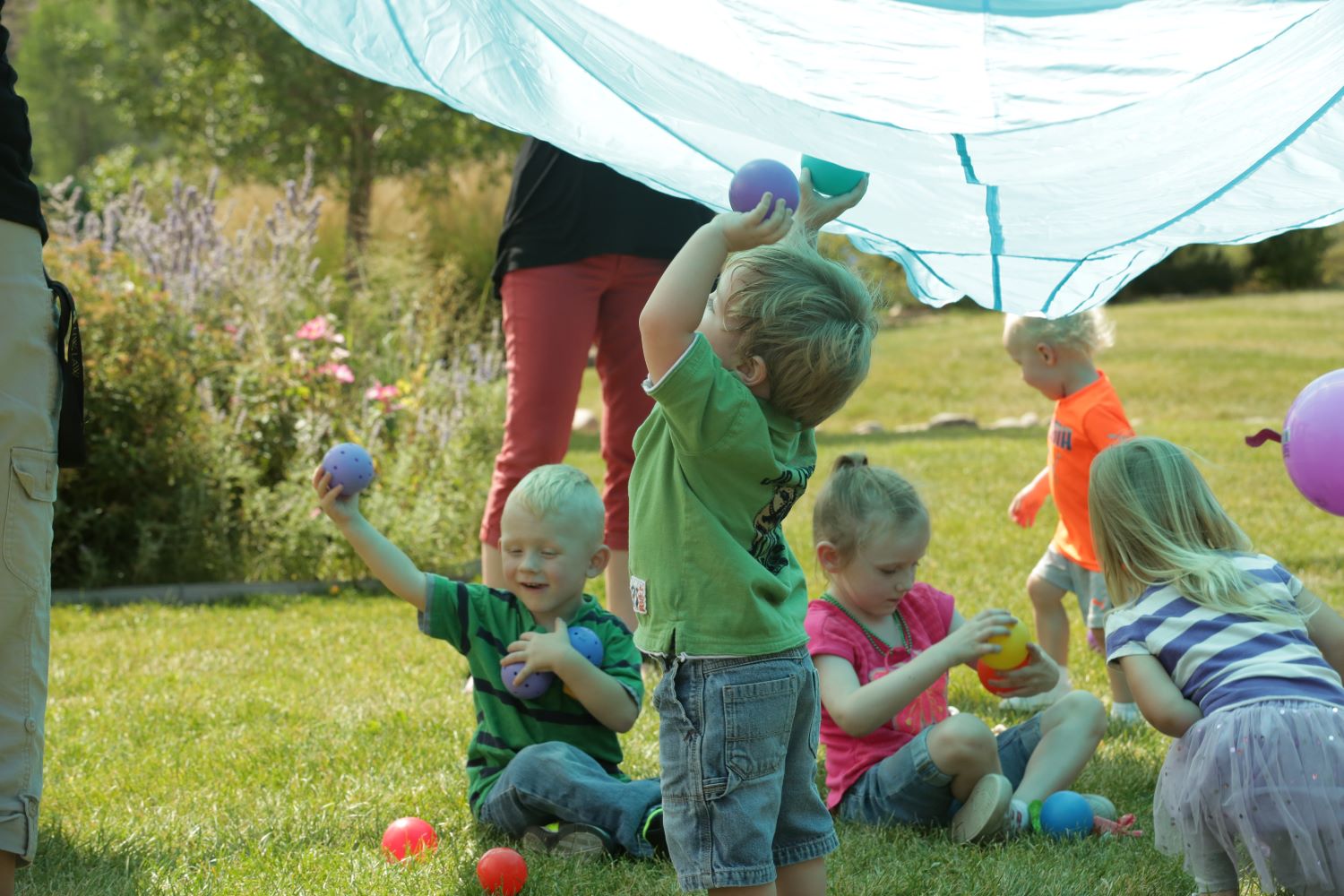 The pursuit of quality is ongoing for you and home visitors. Continuous program improvement involves ongoing monitoring and program self-assessment (45 CFR §1302.102(b)(1) through (b)(2)) and using the results to improve program services.
The pursuit of quality is ongoing for you and home visitors. Continuous program improvement involves ongoing monitoring and program self-assessment (45 CFR §1302.102(b)(1) through (b)(2)) and using the results to improve program services.
Ongoing monitoring involves your systems and procedures to regularly check child and family service delivery. This includes systems for tracking and monitoring children’s health status; developmental screenings; ongoing assessment; curriculum content delivered during home visits and socializations; family partnership agreements; Individual Family Service Plans (IFSPs) and Individualized Education Programs (IEPs) for children with disabilities; number of home visits and socializations conducted; number of families retained and served; parent engagement efforts; and other services. The data you collect helps you answer the question, “Are we doing things effectively and in a timely manner?" Data collected during ongoing monitoring also helps you and home visitors prepare for the annual self-assessment.
Annual program self-assessment allows you, home visitors, families, other program staff, and community partners to step back and determine how effective your program has been in carrying out federal regulations and meeting your program’s goals and objectives. It is a time for looking at the “big picture” and answering the question, “Are we doing the right things?” Complete, accurate, and timely documentation from home visitors provides much of the data used to understand the effects of your home-based services on child and family progress and outcomes. During self-assessment, you work with home visitors, other program staff, Policy Council, and community members to uncover patterns or trends that may not be evident through the ongoing monitoring process.
The annual self-assessment also gives your program an opportunity to look for consistent data messages from across all areas of operation. You work with others to identify the sources of data that best represent the reality of your program and ask questions such as:
- Which data highlights our strengths?
- Which data suggests areas of concerns?
- What does the data tell us about our progress in meeting goals?
- Are there patterns across data sources that we need to attend to?
You also work with others to summarize your program’s self-assessment findings and develop a report that is shared with program staff, Policy Council, families, governing board members, federal officials, and relevant community partners.
You can engage home visitors in the self-assessment process by helping them see the connections between thorough documentation and demonstrated quality of services, the services delivered, and self-assessment outcomes. Goals determine services, services influence outcomes, and outcome findings inform service delivery and new goals. This is a cyclical process! You also make the process meaningful by linking self-assessment results to individual and group staff development plans.
If you are in a program with other program options such as center-based or family child care, you can help program administrators understand how home-based programs offer services and lead to outcomes that may be different than those in their programs. For example, home-based programs offer more targeted services in parent-child interactions. Assessing program effectiveness in this area requires moving beyond just looking at child progress. You look for data that shows changes in the relationships between children and families. Questions you might ask include:
- Does our home-based model meet the needs of families and the community?
- How does our home-based model positively affect children’s development, learning, and progress toward school readiness?
- How does our program enhance parents’ capacity to promote their children’s development?
- How does our program enhance parents’ capacity to meet goals outlined in their family partnership agreement?
- What strategies and services seem most effective for children and families?
Here are suggestions for supporting ongoing monitoring and annual program self-assessment.
- Determine the when, who, and how of outcome data collection.
- Work with program staff to create or identify a user-friendly information management system that supports data collection.
- Create a streamlined documentation system that meets Head Start requirements and, at the same time, is manageable for home visitors.
- Gather a variety of data on how services are being carried out in the home and during socializations.
- Work with program staff to establish a process for reflecting on ongoing monitoring and self-assessment findings to inform program practices.
Learn More
Program Planning in Head Start: The Program Planning Cycle
The Head Start Program Planning Cycle graphic depicts an ongoing cycle of planning, implementation, and evaluation. It promotes continuous quality improvement and allows programs to work toward the achievement of positive outcomes for children and families. Review this resource to support ongoing program planning and promote continuous quality improvement.
Self-Assessment: Building on Strengths and Improving Systems
The annual self-assessment allows Head Start programs to use data correctly to monitor progress toward program goals, compliance with the HSPPS, and effectiveness in promoting school readiness. In this training, participants learn about recommended processes for conducting the self-assessment and additional resources.
What Is Quality Data for Programs Serving Infants and Toddlers?
Explore this resource to learn more about various data management strategies within the context of Head Start programs. Find out what quality data is and why it is important. Also, learn what makes data valid and reliable.
Read more:
Resource Type: Article
National Centers: Early Childhood Development, Teaching and Learning
Last Updated: February 15, 2024